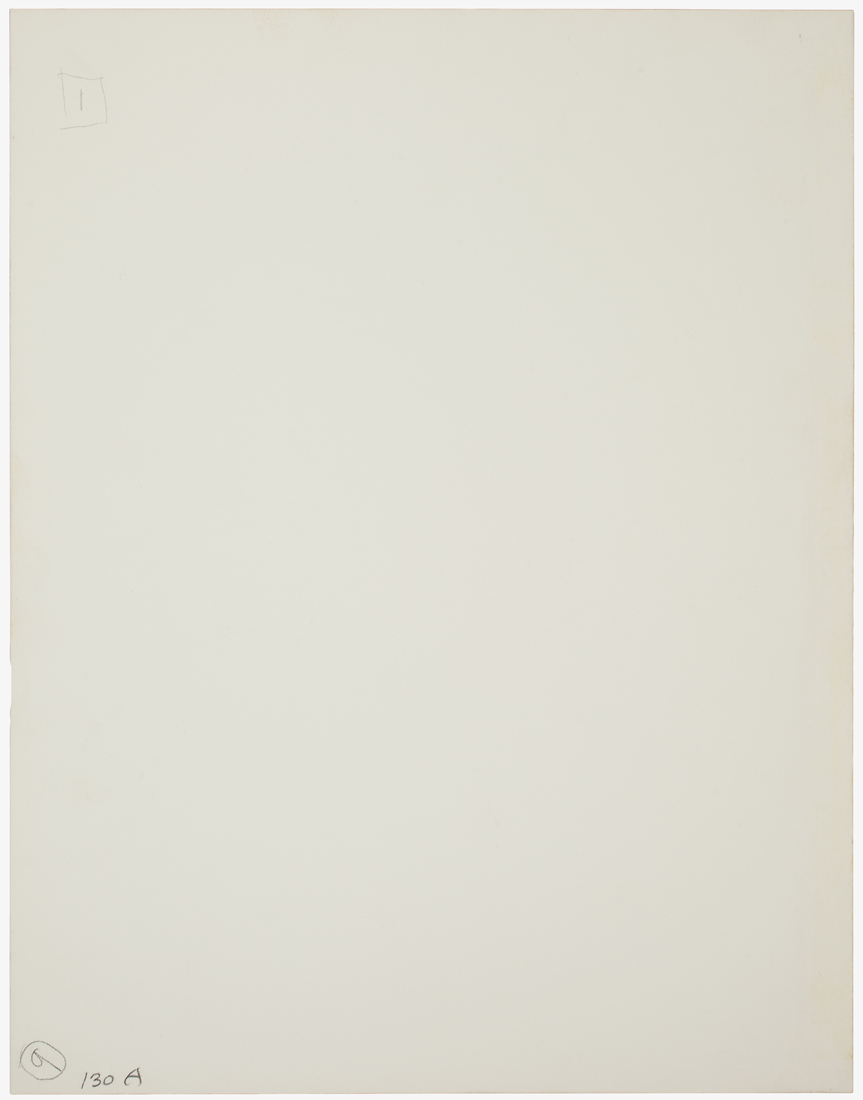Alfred Stieglitz (American, 1864–1946)
The Flatiron, 1903, printed 1920/39
Alfred Stieglitz Collection, 1949.707
In 1903 a great winter storm left New York City covered with a layer of fresh snow. Alfred Stieglitz seized his hand camera and brought it to Madison Square Park—located blocks from the Camera Club of New York, a frequent haunt of the photographer—where the newly erected Flatiron Building could be seen looming behind the trees. As he later recalled, “I suddenly saw the Flat-Iron Building as I had never seen it before. It looked, from where I stood, as if it were moving toward me like the bow of a monster ocean steamer, a picture of the new America which was in the making.”[1] Later, when his father asked him why he had photographed “that hideous building,” he told him, “That is the new America. It is to America what the Parthenon is to Greece.”[2]
Stieglitz shot several negatives of the scene over the next few days, and he initially printed one as a photogravure (see 1949.838) in the Alfred Stieglitz collection at the Art Institute of Chicago). Many years later, he made this gelatin silver print from a similar negative. Whereas the earlier photogravure was cropped to emphasize its vertical shape and possesses a warmer tone and matte surface, the later work is a contact print—uncropped and printed at the exact size of the negative—with the cooler tonality and higher contrast characteristic of gelatin silver paper. The later print is in keeping with Stieglitz’s shift to straight photography.
Additional resources related to this object are to the right.
[1] Alfred Stieglitz, “I Photograph the Flat-Iron Building,” Twice a Year 14/15 (Fall/Winter 1946/47), reprinted in Richard Whelan, ed., Stieglitz on Photography: His Selected Essays and Notes (Aperture, 2000), p. 113.
[2] Ibid., p. 114.
Related Glossary Pages
Artists
Alfred Stieglitz
Through his own photographic work over the course of a half century, the journals he read more
Processes
Gelatin Silver Print
After being introduced in the 1870s, gelatin silver printing grew to dominate amateur and professional read more
Journals
Camera Work
Stieglitz had edited two previous publications—The American Amateur Photographer and Camera Notes—before deciding in 1902 read more
Stieglitz Series
Early Negative, Later Print
For Alfred Stieglitz, as for the other members of the Photo-Secession, a high-quality photographic print read more
Stieglitz Series
New York Views
Beginning when he was a young man newly returned from studying in Germany and continuing read more
Object Research
Key Sources
In Other Stieglitz Collections



